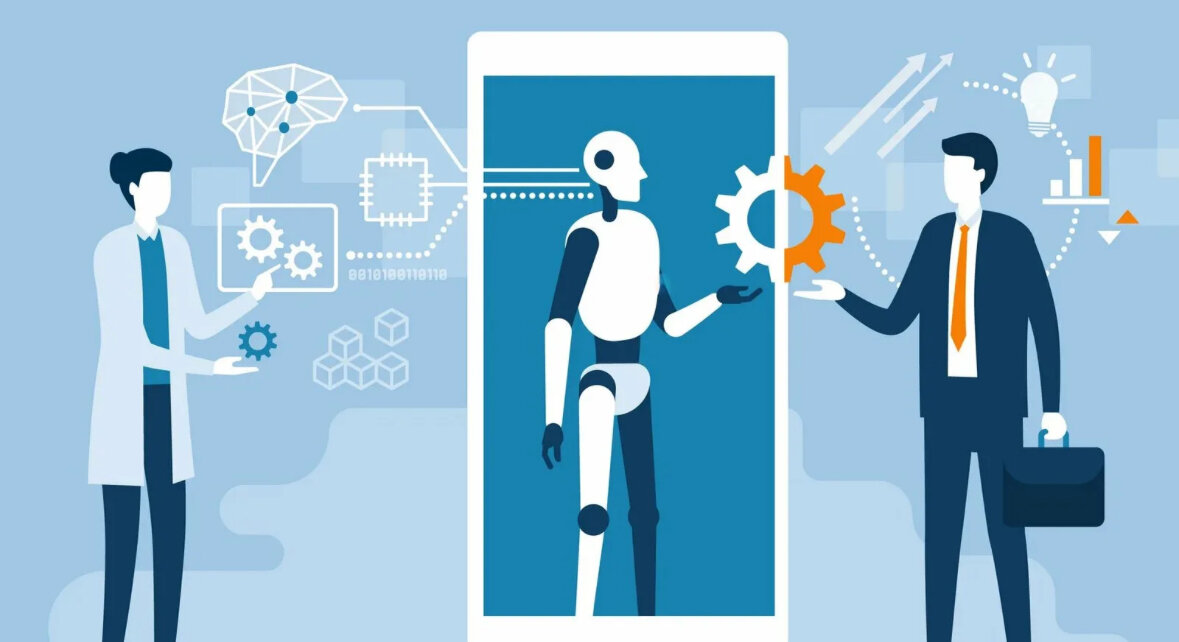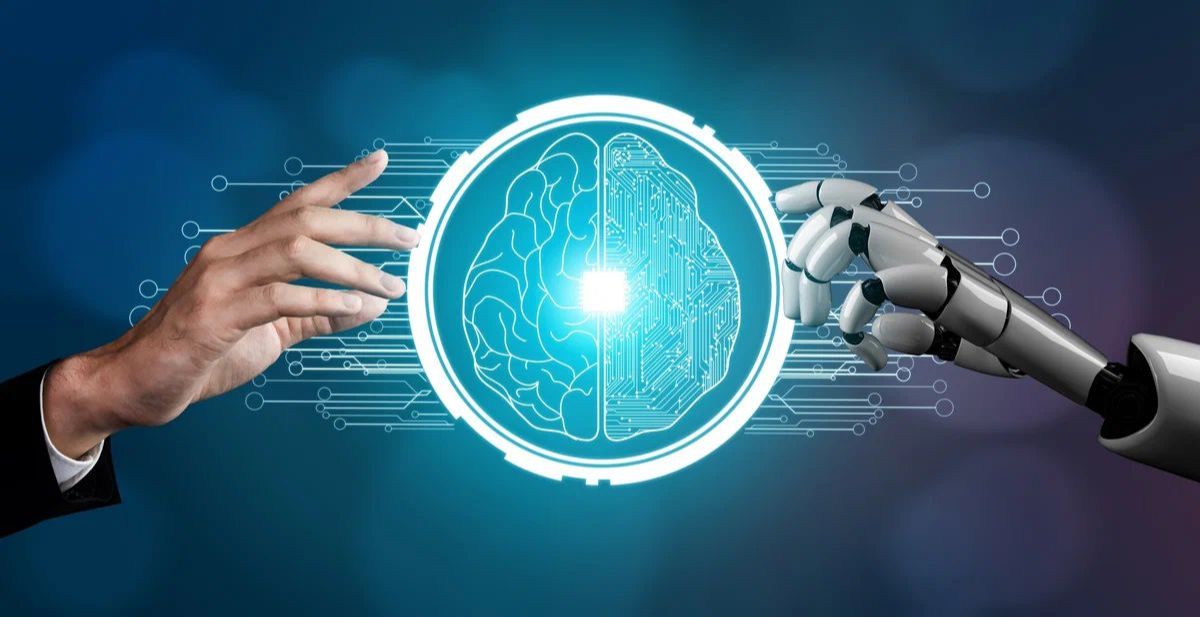Artificial intelligence (AI) is rapidly changing various spheres of human activity, and creative professions are no exception. In recent years, we have seen AI being actively implemented in areas previously thought to be exclusively human. This leads to new opportunities, as well as challenges and questions regarding professional identity and quality of work. In this article, we'll look at how AI is impacting the creative profession, from content generation to design, and analyze the implications of these changes.
Content Generation
1. Automation of writing texts
One of the most striking examples of the use of AI in creative professions is the automation of writing texts. Modern language models such as GPT-4 are capable of creating articles, blogs, advertising copy, and even fiction. These systems can generate text based on the data provided, ensuring that tasks are completed quickly and efficiently.
Advantages:
- Speed and scalability: AI can generate large amounts of content in a short amount of time.
- Resource savings: Reduce labor costs for content creation.
- Personalization: The ability to create customized texts based on the preferences of the audience.
Disadvantages:
- Lack of originality: AI can repeat patterns and is not always able to create truly original ideas.
- Ethical issues: Issues of authorship and use of AI-generated content, as well as the possible dissemination of misinformation.
2. Social Media Content
AI is also actively used to create content on social media. The systems can generate texts for posts, create graphics, and even suggest ideas for videos. This simplifies the process of interacting with the audience and allows you to automate routine tasks.
Design
1. Generating graphics and illustrations
In design, AI demonstrates its capabilities in creating graphics and illustrations. AI-powered tools can automatically generate logos, banners, illustrations, and other visual elements based on preset parameters and styles. Examples of such tools include DALL-E and MidJourney.
Advantages:

- Creativity and diversity: AI can provide unexpected and original visual solutions.
- Efficiency: Speed up the design process and quickly adapt to changes.
- Accessibility: More affordable tools for people without professional design experience.
Disadvantages:
- Quality and nuance: AI may not always take into account subtleties and context, which can negatively impact the quality of the final product.
- Loss of individuality: The massive use of templates and styles can lead to unification of designs.
2. Visual Analytics
Artificial intelligence is also applicable to analyze visual content and provide recommendations for improvement. This can include analyzing color schemes, composition, and other design elements in order to improve visual experience.
Impact on professions
1. Changing roles and skills
The impact of AI on creative professions is changing traditional roles and skill requirements. Content and design professionals must now be ready to work with new tools and technologies, understand how to integrate AI into their processes, and adapt to new market conditions.
2. Ethical and social aspects
The integration of AI into creative professions raises questions of ethics and social responsibility. It is important to consider the issues of copyright, originality, and the possible consequences of using AI. It is also worth paying attention to the impact of AI on employment and the need for retraining specialists.
Conclusion
Artificial intelligence is fundamentally changing the landscape of creative professions, from content generation to design. These changes open up new opportunities for efficiency and creativity, but also require taking into account ethical and social aspects. It is important that professionals and societies at large strike a balance between the use of AI and the preservation of human creativity and originality. In the future, we are likely to see a further evolution of the role of AI in creative fields, which will require flexibility and adaptability on the part of all stakeholders.
